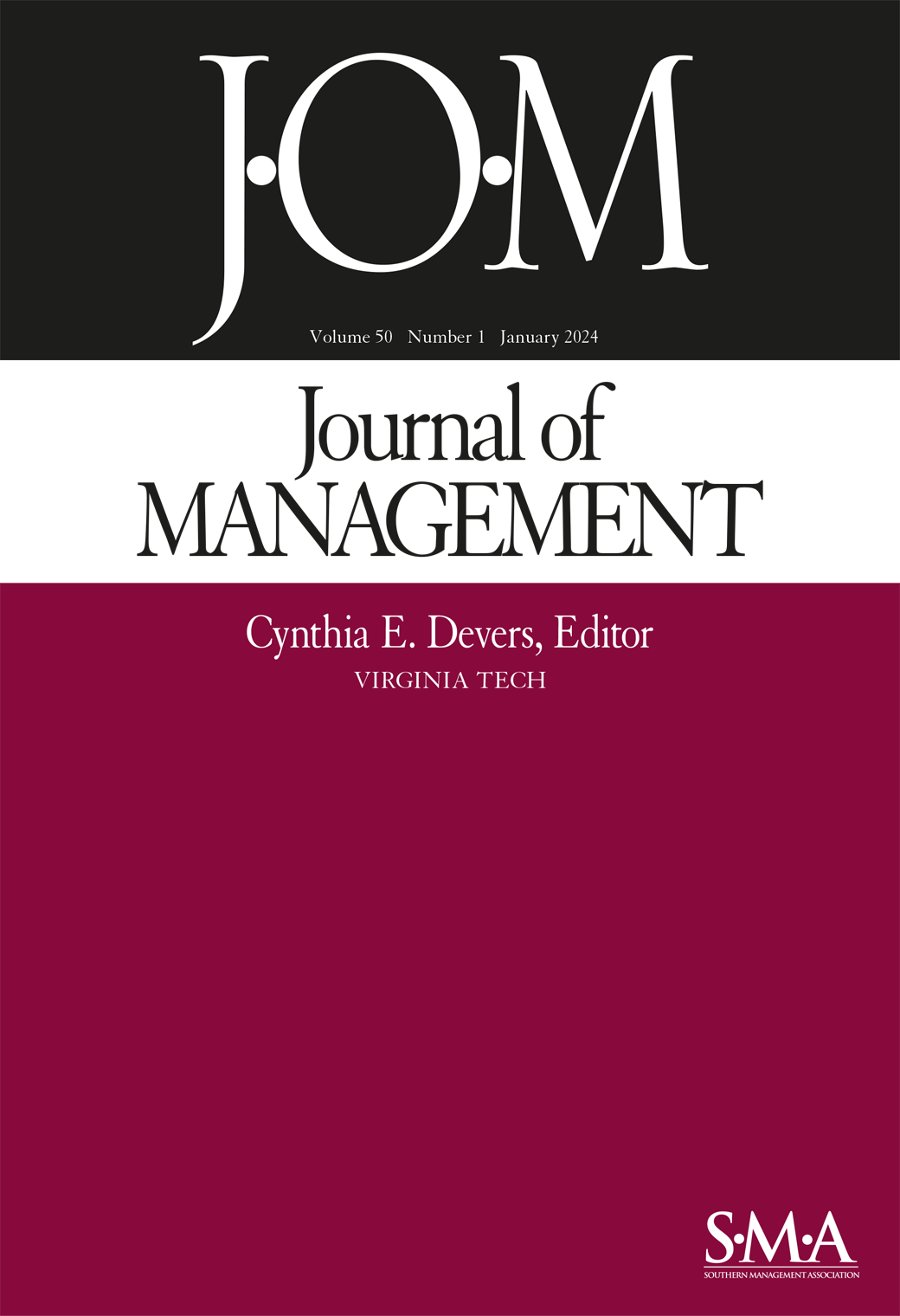On the Receiving End of Customer Creativity: Insights From Approach-Avoidance and Interpersonal Complementarity Perspectives
IF 9.3
1区 管理学
Q1 BUSINESS
引用次数: 0
Abstract
Increasingly, transactions between firms and customers are typified by the co-creation of value, wherein customers play an active role in the development of new products and services. Over the past two decades, research on co-creation has flourished across multiple disciplines, largely highlighting its benefits for firms and customers. Importantly, though, while customer engagement in the creative process may be viewed positively by customers and improve organizational performance, it may not be experienced as universally positive by the service providers who must respond to it. To gain a more complete understanding of both the positive and negative sides of customer creativity, we take an approach-avoidance perspective to build a theoretical model explaining how and why customer creative behavior can lead to divergent responses by service providers. Specifically, we describe how creativity by customers can inspire service providers, driving them to act more prosocially toward customers in return. Simultaneously, customer creativity can cause performance anxiety in service providers, leading them to withdraw from their work. Adding nuance to these predictions, we draw from interpersonal complementary theory to explain why the approach-avoidance processes triggered by customer creativity should be contingent on service providers’ creative-role identity. Across an experience-sampling field study (Study 1), a critical-incident experiment (Study 2), and a scenario-based experiment (Study 3), our results largely align with our theoretical model (overall N = 647). We close by discussing the theoretical and practical implications of our work.客户创造力的接收端:接近-回避和人际互补视角的启示
企业与客户之间的交易越来越多地体现为价值共创,即客户在新产品和服务的开发中发挥积极作用。在过去二十年里,有关共同创造的研究在多个学科中蓬勃发展,在很大程度上强调了共同创造对企业和客户的益处。但重要的是,虽然客户参与创意过程可能会得到客户的积极评价并提高组织绩效,但对于必须对此做出回应的服务提供商来说,这种参与可能并不具有普遍的积极意义。为了更全面地了解客户创造力的正反两方面,我们从接近-回避的角度建立了一个理论模型,解释客户的创造性行为如何以及为什么会导致服务提供商做出不同的反应。具体来说,我们描述了客户的创造力如何激发服务提供商,促使他们对客户采取更加亲和的行为作为回报。与此同时,客户的创造力也会引起服务提供者的绩效焦虑,导致他们退出工作。为了使这些预测更加细致入微,我们借鉴了人际互补理论,以解释为什么由客户创造力引发的接近-回避过程应取决于服务提供者的创造性角色认同。在经验取样实地研究(研究 1)、关键事件实验(研究 2)和情景实验(研究 3)中,我们的结果与我们的理论模型基本一致(总人数 = 647)。最后,我们将讨论我们工作的理论和实践意义。
本文章由计算机程序翻译,如有差异,请以英文原文为准。
求助全文
约1分钟内获得全文
求助全文
来源期刊

Journal of Management
Multiple-
CiteScore
22.40
自引率
5.20%
发文量
0
期刊介绍:
The Journal of Management (JOM) aims to publish rigorous empirical and theoretical research articles that significantly contribute to the field of management. It is particularly interested in papers that have a strong impact on the overall management discipline. JOM also encourages the submission of novel ideas and fresh perspectives on existing research.
The journal covers a wide range of areas, including business strategy and policy, organizational behavior, human resource management, organizational theory, entrepreneurship, and research methods. It provides a platform for scholars to present their work on these topics and fosters intellectual discussion and exchange in these areas.
 求助内容:
求助内容: 应助结果提醒方式:
应助结果提醒方式:


